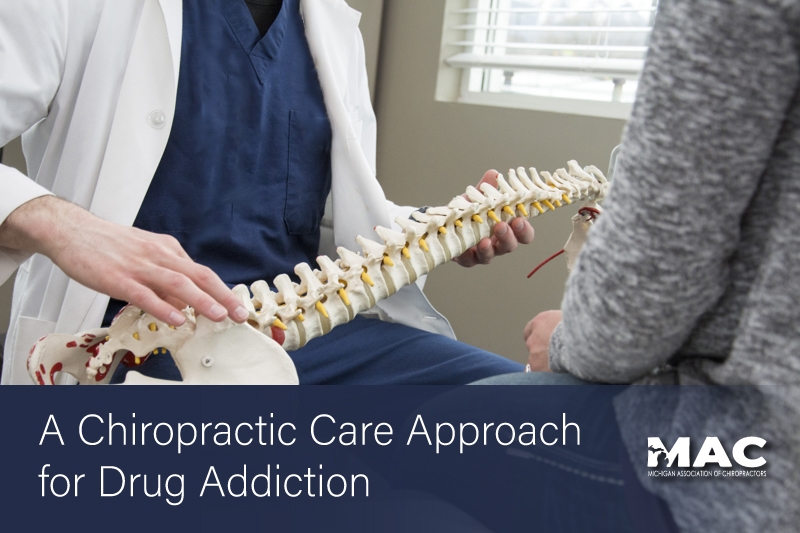
Share Now:
A Chiropractic Care Approach for Drug Addiction
A combination of specific spine adjustments and traditional addiction treatment may be the most successful way yet to address chemical dependency
By John Delehanty, CR News Science Writer
A novel combination of chiropractic spinal adjustments and traditional drug addiction therapies has been shown to improve recovery rates in patients diagnosed with alcohol and drug dependencies. This combination of treatments was derived by a partnership between New York Chiropractic College and New York-based addiction treatment organization Bridge Back to Life.
Chiropractic has historically been used to address chronic pain, and so has often been sought after as an alternative to highly addictive drug-based pain interventions. Recent research has shown that chiropractic care can be used as an effective treatment for drug and alcohol addiction as well.
” A novel combination of chiropractic spinal adjustments and traditional drug addiction therapies has been shown to improve recovery rates in patients diagnosed with alcohol and drug dependencies.”
Spearheaded by Bridge Back to Life medical director Dr. Russell Surasky, this combination of treatments utilizes specific spinal adjustments to address the source of chronic pain, as well as to improve brain and nervous system function more generally. Clinical research studies have shown that patients receiving spinal adjustment while undergoing chemical dependency treatment see higher recovery rates, and significantly improved program retention.
The anatomical basis for chiropractic success appears to involve spinal adjustments that affect the limbic system. The limbic system is responsible for mood and instinct, including major behavioral drivers such as hunger, fear, and pleasure – and it is precisely what gets hijacked in patients suffering from chemical dependency.
” Clinical research studies have shown that patients receiving spinal adjustment while undergoing chemical dependency treatment see higher recovery rates, and significantly improved program retention.”
The limbic system extends into the upper cervical spine and begins with the atlas bone, or C1 vertebrae, which serves to protect the cervical portion of the limbic system and is part of the connection between the skull to the rest of the vertebral column. It is through careful manipulation of the atlas bone that treatment providers can improve limbic system health and generate a more positive response to addiction therapy.
Chiropractic treatment of the cervical spine might offer additional benefits. Misalignment of the cervical vertebrae, including the atlas bone, may also disrupt the flow of cerebrospinal fluid, or CSF. CSF surrounds the brain and spinal cord, and acts to flush waste metabolites that accumulate as a result of normal brain activity. Mounting evidence shows that by readjusting misaligned cervical vertebrae, CSF might better carry these waste deposits before they can accumulate and lead to neurodegenerative diseases such as Parkinson’s and Alzheimer’s disease.
As more clinical research is conducted, it seems the benefits of targeted chiropractic care extend beyond what is typically associated with the practice. Recently, the United States Department of Veteran’s Affairs integrated chiropractic treatment as a part of their health providers repertoire. Chiropractic care may see even greater application in future as its general utility is further investigated.
Sources:
A Specific Spinal Adjustment is the Latest Development in the Science of Treating Drug Addiction. (n.d.). Retrieved from https://www.abc-7.com/story/41178842/a-specific-spinal-adjustment-is-the-latest-development-in-the-science-of-treating-drug-addiction.
Chiropractic Care and Addiction: What Are the Recovery Benefits of an Aligned Spine? (2017, November 23). Retrieved from https://www.recovery.org/pro/articles/chiropractic-care-and-addiction-what-are-the-recovery-benefits-of-an-aligned-spine/.
The limbic system. (2019, January 24). Retrieved from https://qbi.uq.edu.au/brain/brain-anatomy/limbic-system.



